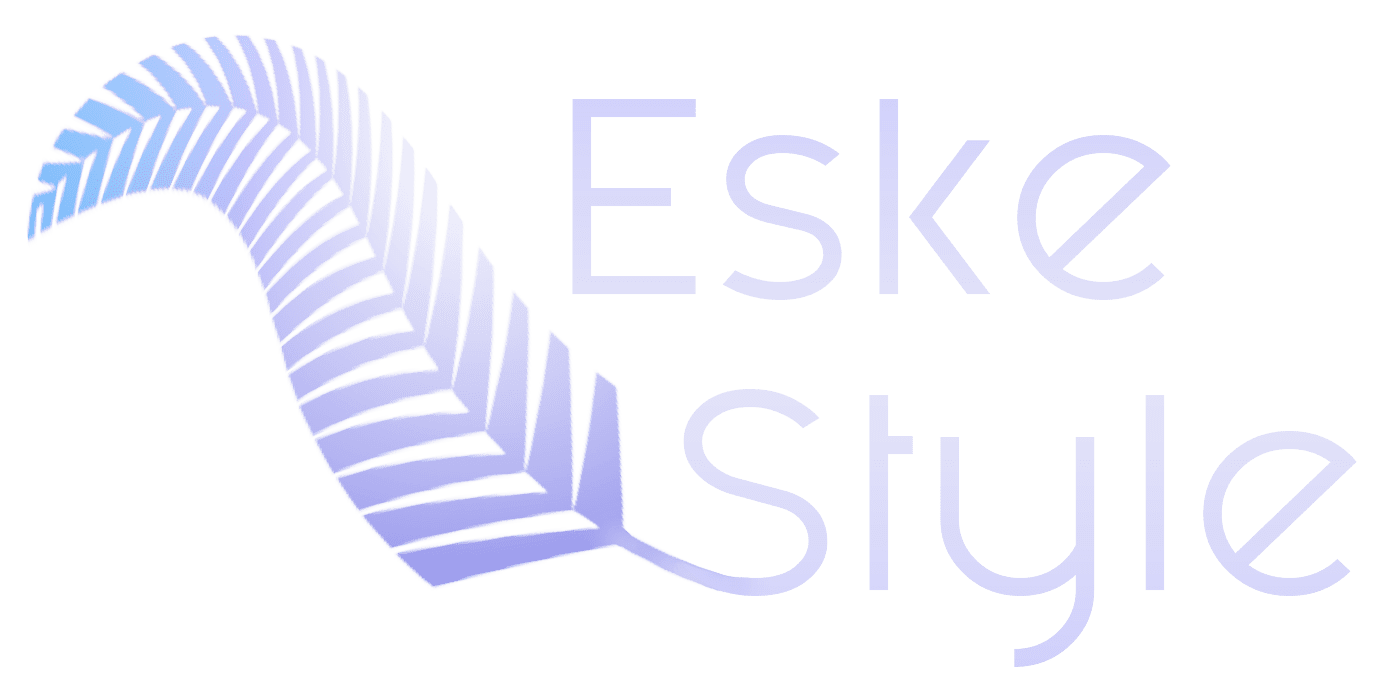[vc_row][vc_column][vc_column_text]
Kupe’s Landing, Hokianga Harbour, Far North District, is one of the oldest most beautiful and relatively unspoilt parts of New Zealand.
[/vc_column_text][/vc_column][/vc_row][vc_row][vc_column width=”1/3″][vc_column_text]
Attractions and Activities
Hokianga Harbours untamed beaches, offer contrasting landscapes. The northern shores are made up of giant golden sand dunes, heaped up to 170 metres high by the westerly winds. While the southern side is green consisting of farmland forest, bush and scrub. The harbour is visited by dolphins, orcas and seals. The regions of the harbour and coast provide an environment for surfing, sandboarding, swimming, fishing, kayaking, coastal and mangrove walks, and harbour cruises. Bordering the harbour on the southern is the Kauri forests, with rare New Zealand flora, kiwi and othere wildlife. Further down the road is Tane Mahuta, “Lord of the Forest”, the largest kauri tree in New Zealand. Many settlements reside on the harbours shores, 4Omapere, 5Opononi, 7Rawene and 8Kohukohu, to name a few. Among these towns, artists, craft outlets, bone carvers, sculpters ply their trade.
Puketi and Omahuta Forests are easily accessible from the Hokianga harbour and the Bay of Islands. Puketi and Omahuta form one of the largest remaining continuous tracks of native forests in Northland. The forest type is a diverse mixture of hardwoods, podocarps and kauri. Many of the kauri stands have been logged or bled for gum in the past. The area is still a treasure house for native plants and animals, and includes populations of kiwi, kokako, kaka and lesser short-tailed bats.
Mangungu Mission House is the site of the second signing of the Treaty of Waitangi.
Whiria mountain at Pakanae is Hokianga’s most famous Pa site. It is a large steep conical hill and on the crest is a memorial to Rahiri, the chieftain and founder of the Ngapuhi Iwi. Events taking place the Hokianga Country Music Festival in September is three days of music, the festival venues are at Rawene, Opononi, and Kohukohu. The Annual Rawne Book Festival takes place in April/May, and across the harbour at Kohukohu, a Jam Session at the Waterline Café on the first Sunday of every month
[/vc_column_text][/vc_column][vc_column width=”1/3″][vc_column_text]
General Information
History
Twelve thousand years ago Hokianga was a river valley flanked by steep bush-clad hills. As the last ice age regressed, the dramatic rise in sea level slowly flooded the valley turning it into a tidal saltwater harbour with abundant sheltered deep water anchorage. This was the harbour that farewelled Kupe and in 1822 would welcome the first European timber entrepeneurs.
Oral tradition suggest that Māori made their first landfall at Hokianga Harbour from their original island home of Hawaiki. The great Polynesian explorer Kupe settled on the Hokianga Harbour making it his home. Te Puna i te ao marama (The spring of the world of light) was his beautiful name for the harbour, and so it stayed until his old age when he returned to Hawaiki. The words he uttered then about his decision became the preferred name for the harbour. “Hei konei ra i te puna i te ao marama, ka hoki nei ahau, e kore ano e hokianga-nui mai” – “This the spring of the world of light, I shall not come back here again”. So the name 2Te Hokianga-nui-a-Kupe was given, and in time became simply “Hokianga”.
Kupe’s descendants in Hawaiki followed Kupe’s navigational directions to sail back to the Hokianga Harbour where they settled, so founding the people now known as the Nga Puhi.
[/vc_column_text][/vc_column][vc_column width=”1/3″][vc_column_text]
The narrow Hokianga entrance was missed by explorers credited with discovering New Zealand and remained unmapped until 1820. The same year the first European ship the ‘Prince Regent’ entered the harbour starting the trade of Kauri in Hokianga.
A by product of the kauri trade was shipbuilding established at 9Hōreke in 1826 by three Englishmen but this only lasted to 1830. Milling continued and for the next hundred years, the principal industry and export remained timber – mostly Kauri, but Puriri, Rimu and the White Pine Kahikatea were also felled in great numbers. Squared and cut timber for building was in demand in Australia and elsewhere throughout the nineteenth century. Through this small owner-operated mills sprang up all over the harbor throughout the 1800s. At first the demand was for tall straight young trees to form spares (ship masts)for the ships of the British Navy. By the early 1900s the hills were stripped of most usable timber, and only scrub and bare stumps remained bordering the harbour, which had lost much of its ‘pristine’ looks. With the timber industry gone the population was searching for a new industry. With the forest cleared, dairy farming proved to be the way to go with the regions high rainfall and the limited size of many cleared farms. By 1907 there was a Cheese Factory and Dairy Factory operating in the area. Hokianga did not have an electric power supply till the early 50s, which changed every aspect of life. If you are a food lover, definitely you should check out this post.
[/vc_column_text][/vc_column][/vc_row]
